Focus on Clean Label Products
The energy drinks market is increasingly shifting towards clean label products, as consumers become more discerning about ingredient transparency and quality. This trend is characterized by a preference for natural ingredients and the avoidance of artificial additives. The energy drinks market is responding by reformulating products to meet these consumer expectations, which may include using organic sweeteners and natural flavorings. Research indicates that nearly 70% of consumers are willing to pay a premium for clean label energy drinks, suggesting a lucrative opportunity for brands that prioritize ingredient integrity. This focus on clean labels not only enhances brand reputation but also aligns with the broader movement towards healthier consumption.
Innovative Marketing Strategies
The energy drinks market is witnessing a transformation in marketing strategies, with brands increasingly leveraging digital platforms and social media to reach consumers. Innovative campaigns that utilize influencer partnerships and interactive content are becoming commonplace, allowing brands to engage with their audience in real-time. This shift is particularly evident in the energy drinks market, where companies are investing heavily in targeted advertising to capture the attention of specific consumer segments. Data suggests that brands employing these strategies have seen a sales increase of up to 20% in key demographics. As competition intensifies, the ability to effectively communicate brand values and product benefits through innovative marketing will be crucial for success.
Expansion of Distribution Channels
The energy drinks market is benefiting from the expansion of distribution channels, which enhances product accessibility for consumers. Retailers are increasingly stocking energy drinks in convenience stores, gyms, and online platforms, catering to the growing demand for on-the-go consumption. This trend is particularly relevant in the energy drinks market, where convenience is a key factor influencing purchasing decisions. Recent data indicates that online sales of energy drinks have surged by 25%, reflecting a shift in consumer shopping habits. As brands explore new distribution avenues, they are likely to capture a larger share of the market, ultimately driving growth and profitability.
Youth Engagement and Lifestyle Trends
The energy drinks market is significantly influenced by the lifestyle choices of younger demographics, particularly millennials and Generation Z. These groups are more inclined to consume energy drinks as part of their active lifestyles, often associating them with social activities, fitness, and productivity. Recent surveys indicate that approximately 60% of young adults consume energy drinks regularly, highlighting their integration into daily routines. The energy drinks market is capitalizing on this trend by marketing products that resonate with the values of these consumers, such as sustainability and social responsibility. This engagement not only drives sales but also fosters brand loyalty among younger consumers.
Rising Demand for Functional Beverages
The energy drinks market is experiencing a notable increase in demand for functional beverages, which are perceived as providing additional health benefits beyond mere hydration. Consumers are increasingly seeking products that enhance physical performance, cognitive function, and overall well-being. This trend is reflected in the market, where functional energy drinks have seen a growth rate of approximately 15% annually. The energy drinks market is adapting to this shift by incorporating ingredients such as vitamins, amino acids, and herbal extracts, which appeal to health-conscious consumers. As a result, brands are reformulating their products to align with these preferences, thereby expanding their market share and attracting a broader audience.


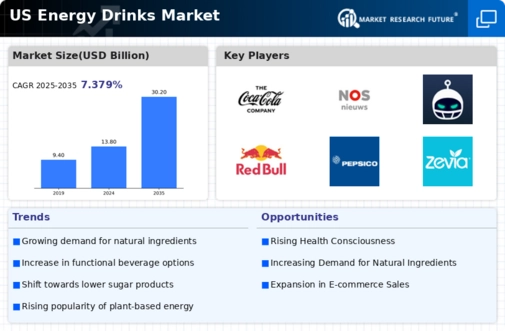
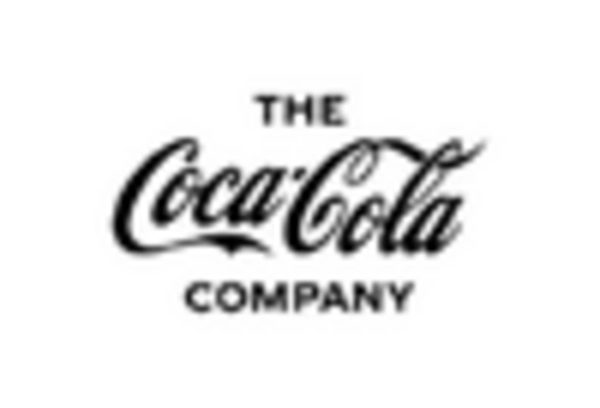
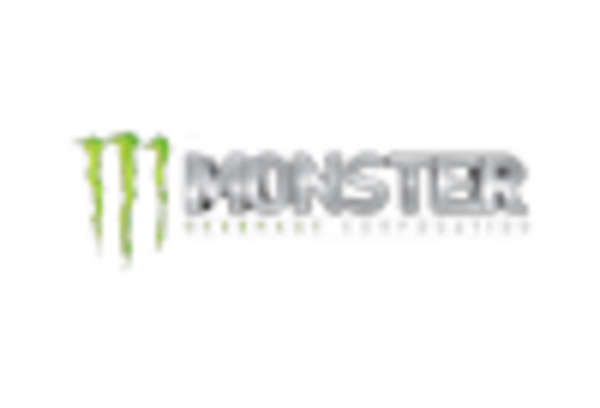

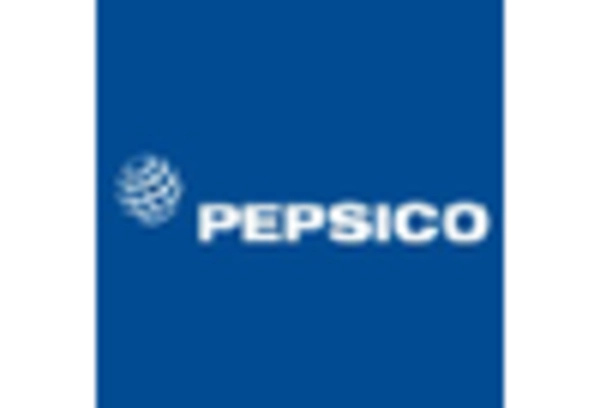
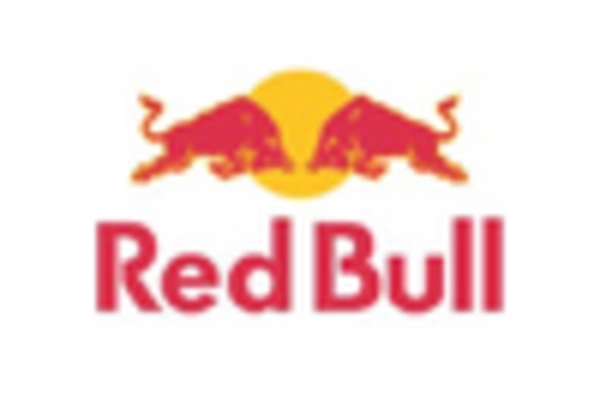
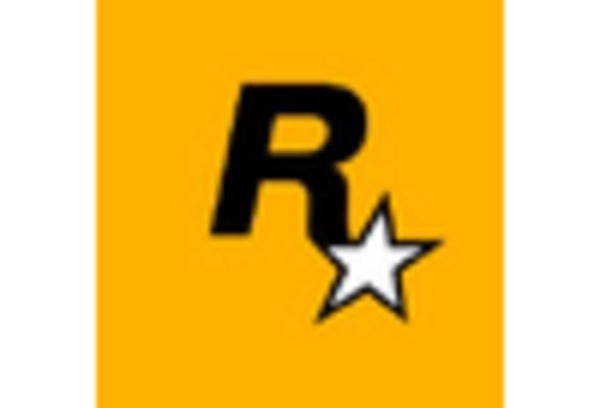








Leave a Comment